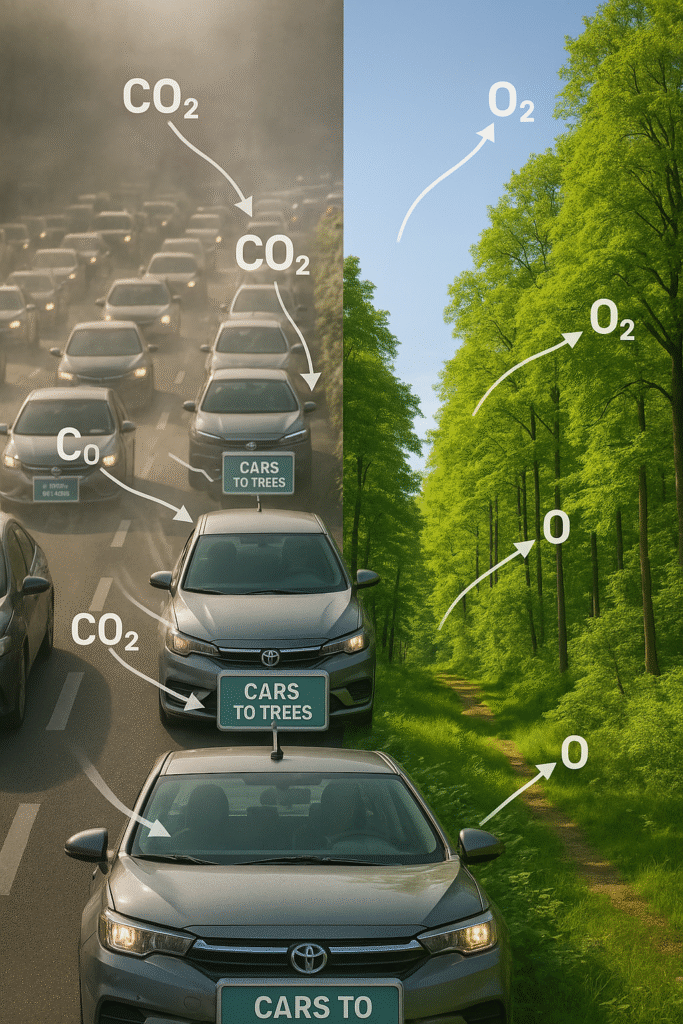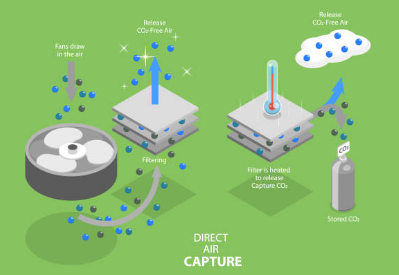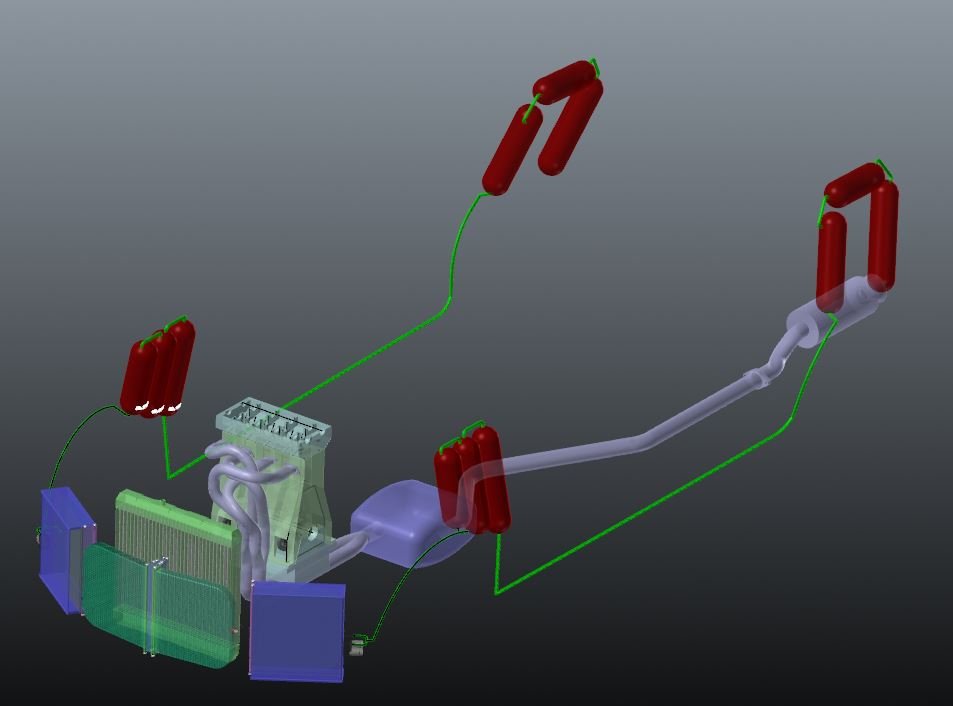Harnessing Vehicle Potential Energy
The CARS TO TREES system utilizes the untapped potential energy of vehicles—including forward motion, miles traveled, airflow, velocity, wasted engine heat, and other unused energy streams—to power Direct Air Carbon Capture (DAC). This approach transforms everyday driving into a powerful tool for CO₂ removal.
Turning Cars into Mobile Air Cleaners
Today, each vehicle contributes about five metric tons of greenhouse gas emissions per year. By equipping cars with the CARS TO TREES system, every vehicle could instead capture 8–10 metric tons of CO₂ annually, simply by driving. Vehicles become mobile DAC units—nonstationary processing plants cleaning the air at a global scale—just by continuing their normal daily use.
Carbon Capture and Utilization (CCU) Opportunities
The CO₂ captured through the CARS TO TREES system can be directly supplied to Carbon Capture and Utilization (CCU) industries, where demand is already strong. Applications range from carbon-neutral fuels, methanol production, and chemical synthesis to enhanced oil recovery, mineralization, agriculture, microalgae biofuels, food and beverage, welding, and fire suppression.
By calculation, the value of CO₂ captured per car (8–10 tons/year) equals 40–50% of a vehicle’s annual fuel cost, effectively reducing fuel expenses and creating a strong financial incentive for adoption.
Breaking the Cost Barrier of DAC
In traditional DAC systems, the cost of energy is the greatest barrier to scalability, especially because stationary systems must generate their own kinetic energy (airflow). In contrast, the CARS TO TREES system leverages prepaid kinetic energy and wasted vehicle energy. This dramatically reduces the cost of CO₂ capture, making it far more competitive than conventional DAC technologies.
Scalable Throughput & Global Impact
Each CARS TO TREES-equipped vehicle can capture approximately 25 kg of CO₂ per day, or 8–9 metric tons per year. To put this into perspective, removing one ton of CO₂ annually requires about 50 mature trees. Therefore, one car outfitted with the system is equivalent to planting 450 trees every year.
At global deployment, this innovation would create vast “Virtual Forests in Motion”—millions of cars acting as mobile jungles, cleaning the air and combating climate change on a massive scale.



